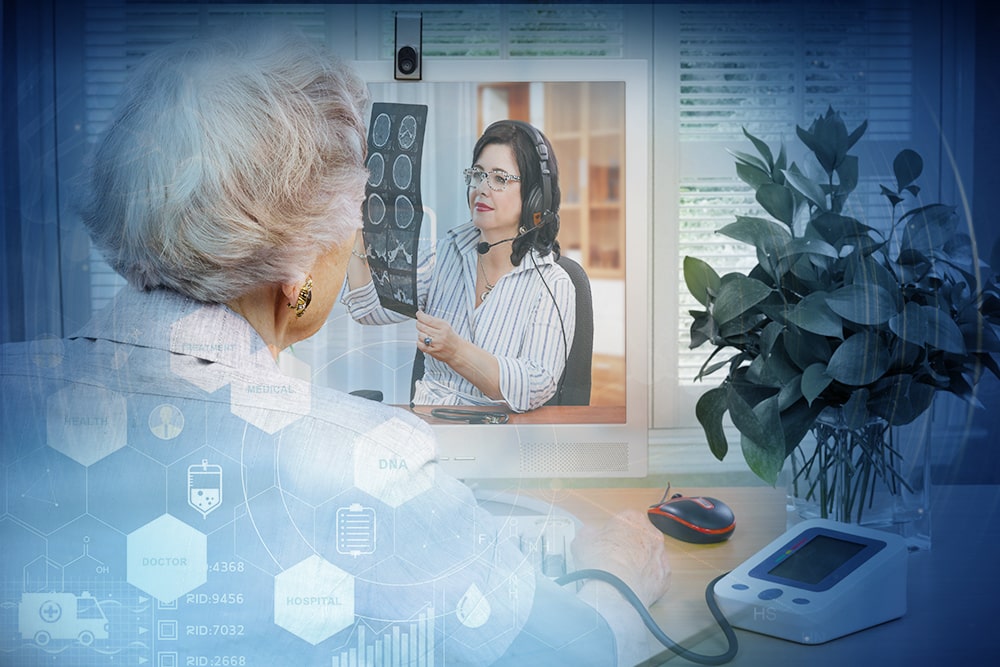According to the U.S. Census Bureau, the country’s senior population will nearly double by 2050: effectively becoming 20 percent of the entire population. This substantial growth, coupled with a decreasing physician population, necessitates a wide array of creative solutions to help address growing demands in senior care.
“The way people are aging is changing, but many of our attitudes and our beliefs and stereotypes about aging are not,” says Jo Ann Jenkins, chief executive officer of the American Association of Retired Persons (AARP). “We need to challenge those outdated stereotypes and attitudes and spark new solutions so that more people can choose how they want to live as they age.”
As a leading organization in senior rights, AARP is heavily promoting telemedicine as a key solution to senior care. Jenkins has spoken at a series of telehealth conferences in recent years—encouraging tech developers to not only market existing devices to seniors, but also to develop and design new technologies with seniors in mind: “I think what is really, really important is not that we should be wishing older adults embrace technology, but that technology should be embracing older adults.”
There are various senior-friendly telehealth models already transforming the delivery of senior care:
Personal home assistants such as Google Home and Amazon’s Alexa are becoming vital tools in senior living facilities. These devices are being used to remind users of daily plans, and streamline calls for help between seniors and caregivers.
Wearable sensors are used in a variety of ways to empower seniors. Wearables can monitor the movement of users, and warn seniors of unsteady movements likely to cause imbalance, or alert care teams when a fall occurs. Other wearables detect changes in heart rate and body temperature, while also easily allowing users to share generated data with physicians.
Smart pillboxes are being used to increase medication adherence. Devices can alert seniors with lights or sounds, while also monitoring the dosage and time of medication intake.
Challenges
The greatest obstacle regarding the advancement of digital health services with seniors is the current reimbursement policy restrictions upheld by the Centers for Medicare and Medicaid Services (CMS). Many, including members of Congress, have encouraged CMS to adopt a new reimbursement system to allow for a more robust, senior-focused medical technology ecosystem.
In a statement at a meeting for the American Telemedicine Association, Jo Ann Jenkins noted the unique potential for telehealth services to provide connected and empowering care: “We need to enable [older adults] to become empowered users of the healthcare system, not dependent patients, and we need to ensure that they have dependable access to healthcare throughout their lives.”
SOURCES
https://www.mobihealthnews.com/content/aarp-chief-medical-officer-rethink-aging-techs-help





Comments: 2
Really very happy to say,your post is very interesting to read.I never stop myself to say something about it. You’re doing a great job. Keep it up.
Hey very nice blog. I came across this on Google, and I am stoked that I did. I will definitely be coming back here more often. Wish I could add to the conversation and bring a bit more to the table, but am just taking in as much info as I can at the moment. Thanks for sharing.
Hospital Over Bed Table